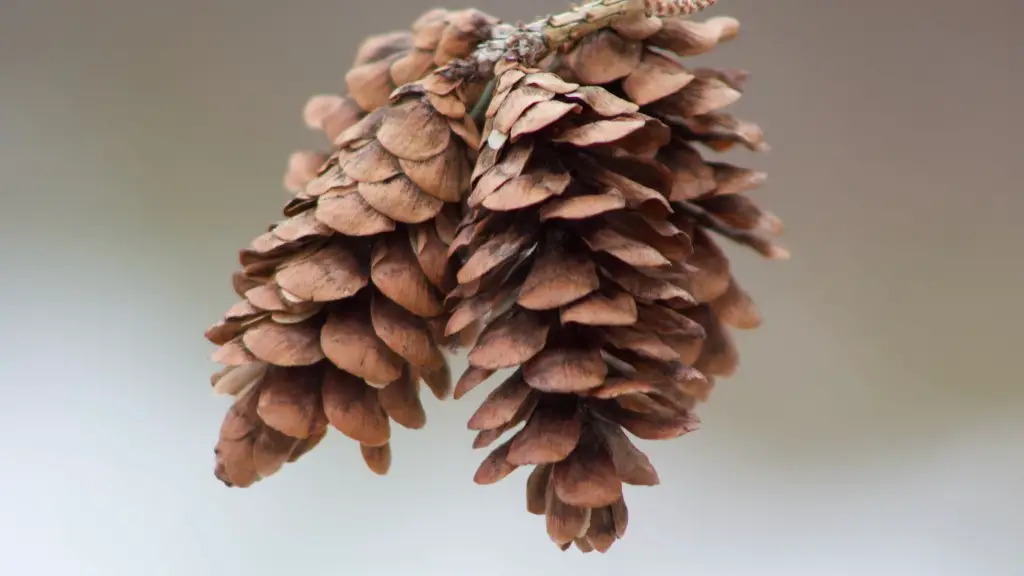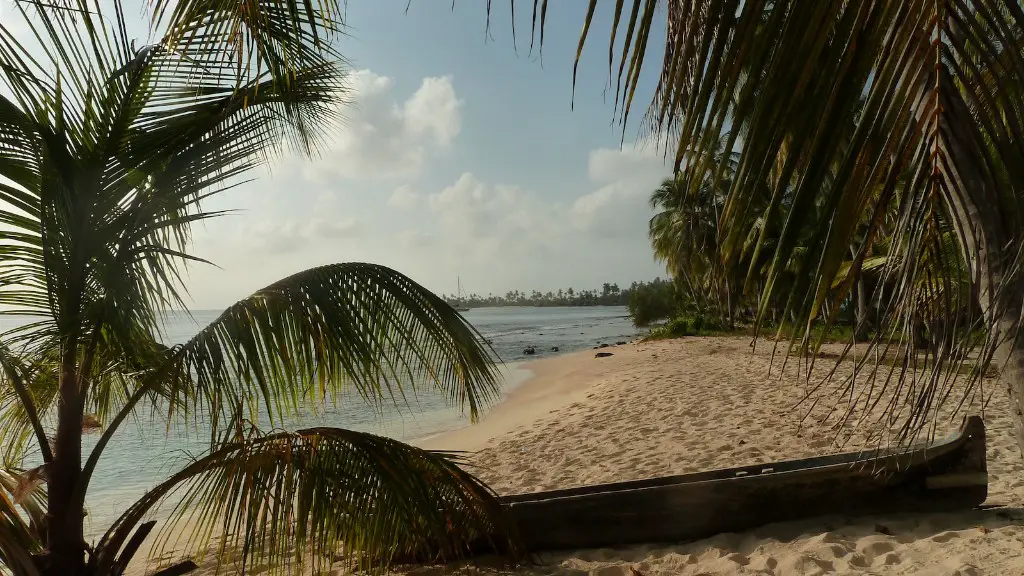Dwarf Meyer Lemon trees are becoming increasingly popular to grow in home gardens and balconies all around the world. While they’re small enough to be potted, they can also grow to reach some impressive heights if taken care of properly. So, how tall does a dwarf Meyer lemon tree grow?
Generally, when planted in favorable conditions, a dwarf Meyer Lemon tree will reach up to 10 feet tall. This is due to their fast growth rate. Unlike other dwarf citrus varieties, dwarf Meyer Lemon trees take off quickly, sometimes growing as much as two feet in a single year. This can be attributed to their fast-draining soil preference and their fondness of heat.
Producing an average of 500 fruits per year, a mature dwarf Meyer Lemon tree can easily reach between 8 and 10 feet in height, with some measuring even taller depending on the conditions in which it is planted and cared for. However, if you want to keep your Meyer lemon tree at a height and width that’s easy to manage you can use a pruning and shaping regimen to keep it at a smaller size.
When it comes to dwarf Meyer Lemon trees, the height can be managed easily as they’re easy to prune and shape. Most of the time, you should not prune off more than one-third at a time, however. This will ensure your tree is able to stay in good health and keep its lovely blossoms and citrus fruit year after year.
Caring for a dwarf Meyer Lemon tree is simple. With the right attention and care, a dwarf Meyer Lemon tree will grow healthily and give you lots of delicious lemons for many years. For instance, proper watering is essential – keep the soil in the container evenly moist but not wet continuously, as this can lead to root rot. Likewise, it’s also important to make sure your Meyer lemon tree is in a location where it gets at least 6–8 hours of sun exposure daily.
Dwarf Meyer Lemon trees should also be fed regularly. Depending on the type of soil in your garden, you may need to add additional nutrients. An all-purpose citrus fertilizer is the best type of food for your Meyer Lemon tree. Applying 2-3 times a year, beginning in late March and mid-May, should provide your tree with the nutrition it needs.
Watering and Nutrient Requirements for Dwarf Meyer Lemon Trees
Frequent and timely watering is essential for the health and development of your dwarf Meyer Lemon tree. Opt for deep watering that allows for deep penetration, about 8–12 inches at a time – just be sure not to over-water! With a natural tendency of retaining moisture and nutrients, all-purpose potting soil is a great option for a dwarf Meyer Lemon tree. During hot months, you may need to reduce watering frequency or increase it, as it will depend on sun exposure, how hot it is, and how dry or windy the days are.
Fertilizing is also very important for your dwarf Meyer Lemon tree. To start, add 1-2 tablespoons of nitrogen-rich fertilizer in the first week of March with a second application in mid-April. For the rest of the year, use a fertilizer with an N-P-K ratio between 3-1-2 and 4-1-2. You need to be careful when adding fertilizer to your dwarf Meyer tree and make sure to never over-fertilize it as this can cause significant damage to your tree, and even lack of production.
Pruning for a Dwarf Meyer Lemon Tree
Proper pruning of your dwarf Meyer Lemon tree is essential for both growth control and fruit production – it can also be easily done without any special tools. For a compact, dense shape, prune the branches that cross over one another, leaving one main branch for each side. As the tree grows, more branches will appear, so make sure to keep pruning these overlapping limbs. Even though dwarf Meyer Lemon trees grow quite rapidly, it’s best to prune only once a year, in late spring or early summer when trees are budding. Cutting off more than a third at a time can cause shock and might cause your tree not to bloom or fruit.
Fruits and Blossoms of a Dwarf Meyer Lemon Tree
Your dwarf Meyer Lemon tree will be giving you years of delicious fruits and beautiful blossoms. In the spring, you can expect your tree to bloom fragrant and beautiful white flowers. Its long flowering period will provide continuous deliciousness to make all your recipes unforgettable! The ripening time depends on the environment; in warmer climates, fruit production happens almost year-round.
When it comes to picking the ripe fruit from a dwarf Meyer Lemon tree, time it correctly. Lemons ripe just after they turn yellow and feel firm to the touch. Avoid picking them too late as they can get mushy or even split. Meyer lemon fruits are juicy, thin-skinned, and contain less acidity than regular lemons.
Genus of Dwarf Meyer Lemon Trees
The dwarf Meyer Lemon tree belong to the Citrus limon genus of the Rutaceae family. There are five species in this genus of trees that are commonly referred to as lemon trees and grown for their fruits. The other citrus species are Citrus maxima, Citrus medica, Citrus megalaru, and Citrus sinensis.
The dwarf Meyer Lemon tree is a hybrid of Citrus limon and an orange variety. It is originally from China and was brought to the US by Frances Meyer in 1908. Nowadays, it is one of the most popular lemon trees to grow, as it is fast growing, very productive, and easy to care for.
Verdict on How Tall Dwarf Meyer Lemon Trees Grow
To conclude, how tall a dwarf Meyer Lemon tree grows largely depends on the type of care they receive and the conditions they are planted in. With good care, dwarf Meyer Lemon trees can reach up to 8–10 feet, with some even getting even taller. Once planted, you will need to give your dwarf Meyer Lemon tree continual water and nutrition in order to keep it healthy, and don’t forget to prune regularly. With just a little attention, you’ll be able to have a prolific and impressive Meyer Lemon tree.


